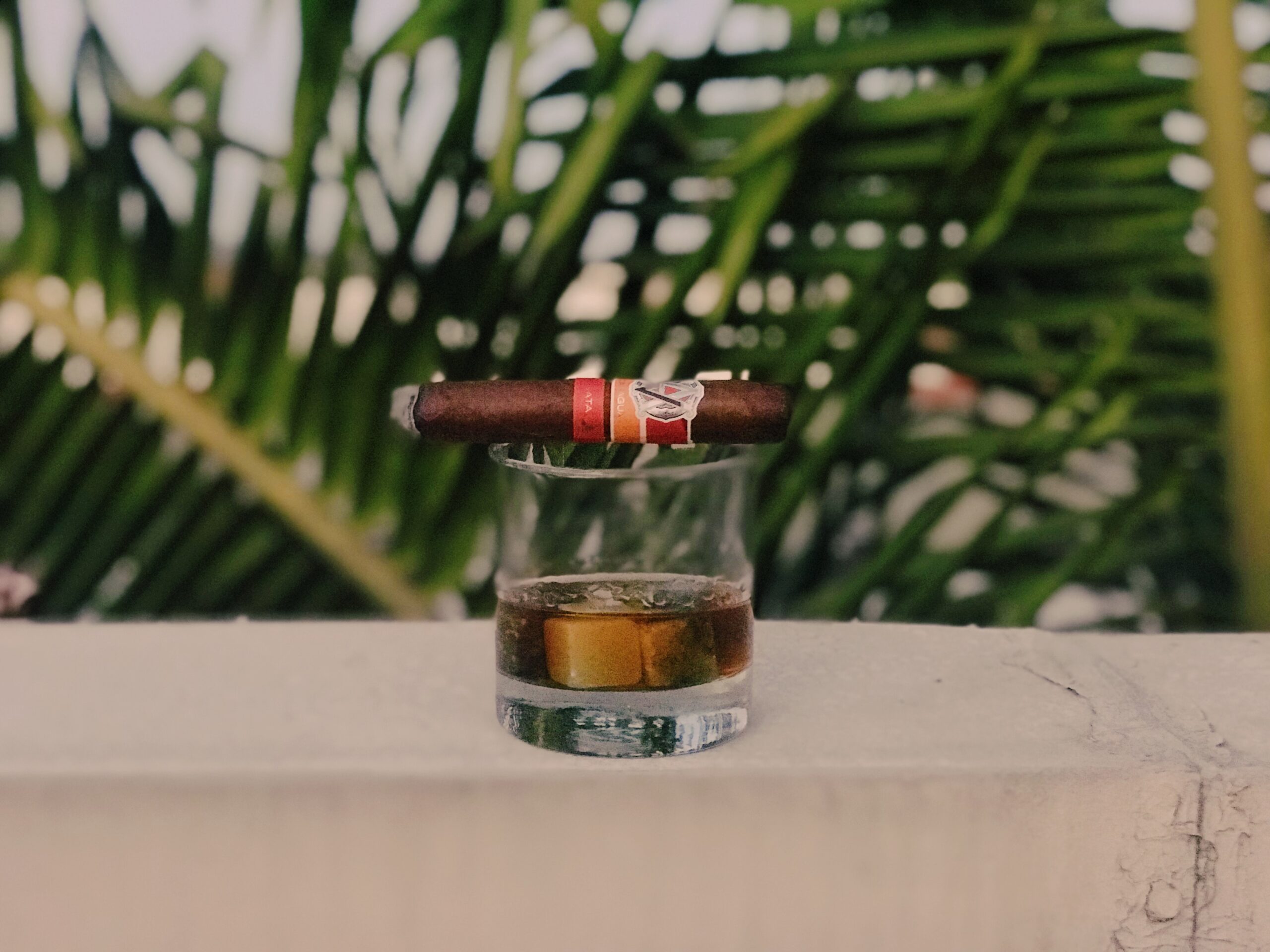The first reference is from the Napoleonic Wars in the early 1800s. The British and Spanish fought together to defeat the French. The pairing is said to have started when generals got together to discuss strategy with the British supplying whisky from Scotland and the Spanish bringing cigars from Cuba, which was part of their expanding empire.
The trend continued as British habits slowly moved from traditional pipe tobacco towards cigars. As the British Empire spread the practice of combining whisky and cigars was taken around the globe. The rest is history as they say.
Pairing whisky and cigars
But why do they work so perfectly together? The flavours of both can be very expressive and complimentary. However, one of the most important things to consider when matching whisky with cigars is to have balance – this is needed so that one compliments the flavours and aromas of the other and vice versa, and one does not overpower or overwhelm the other.
The same goes when you pair whisky with other things such as cheese, chocolate, or a meal. For example, a heavy or robust cigar paired with a light and delicate whisky would completely dominate the subtle and vibrant notes in the whisky. Likewise, a very peaty whisky matched with a mild cigar would do the same.
Matching aromas and flavours
It is widely regarded that many cigars’ pair nicely with sherry cask matured whisky. The extra sweetness and fruitiness that can compete with the strength of the tobacco. This is why several Scotch whisky brands release a Cigar Malt, which usually have significant ex-sherry cask influence. Also, a lightly peated whisky will exhibit a similar strength of smoky flavour to the cigar.
A more robust or strong cigar would need a heavy or smoky whisky to combat its higher levels of aromas and flavour. Considering these factors when buying your whisky and cigars will help. Also, the advice and guidance of the shop staff where you choose to buy them will be invaluable. And remember, it is all about balance.
Understanding Cuban cigars
Cigars are made in several tobacco-growing countries around the globe. They can be handmade or by machine. The most famous source is the island of Cuba in the Caribbean. Cuban cigars are widely regarded as the best in the world.
In Cuba, machine-made cigars or mecanizado cigars are manufactured from chopped small pieces of dried and fermented tobacco leaves. These tend to be cheap and readily available. Handmade cigars or totalmente a mano, fall in to two categories – tripa larga and tripa corta. Tripa larga, known as long fillers in English, are made from complete tobacco leaves. Tripa cortas, known as short fillers, are produced using chopped tobacco leaves.
Remember, hand-rolled cigar brands tend to be more expensive due to the labour and skill used to make them.
Cigar lengths and sizes
Cigars come in a variety of shapes and sizes. There are over 70 from Cuba alone. The length ranges from four inches (100mm) to nine inches (230mm). The average is between nine and seven inches. The other key measurement is diameter or girth.
A system called the ring gauge measures this in 64 fractions of an inch. The common range is between 23 (i.e., 23/64ths of an inch or 9.1mm) and 52 (52/64ths of an inch or 20.6mm).
The length and diameter, plus shape, of a cigar will influence the taste and experience. For example, a fat long cigar will burn slower, be richer and softer in flavour and give cooler smoke to the palate. In contrast, a thinner shorter cigar will burn more quickly, give sharper flavours and hotter smoke.
Each size of cigar also has its own name, known as the vitola in Cuba. This can get confusing as each factory has a different name for the same size of cigar.




